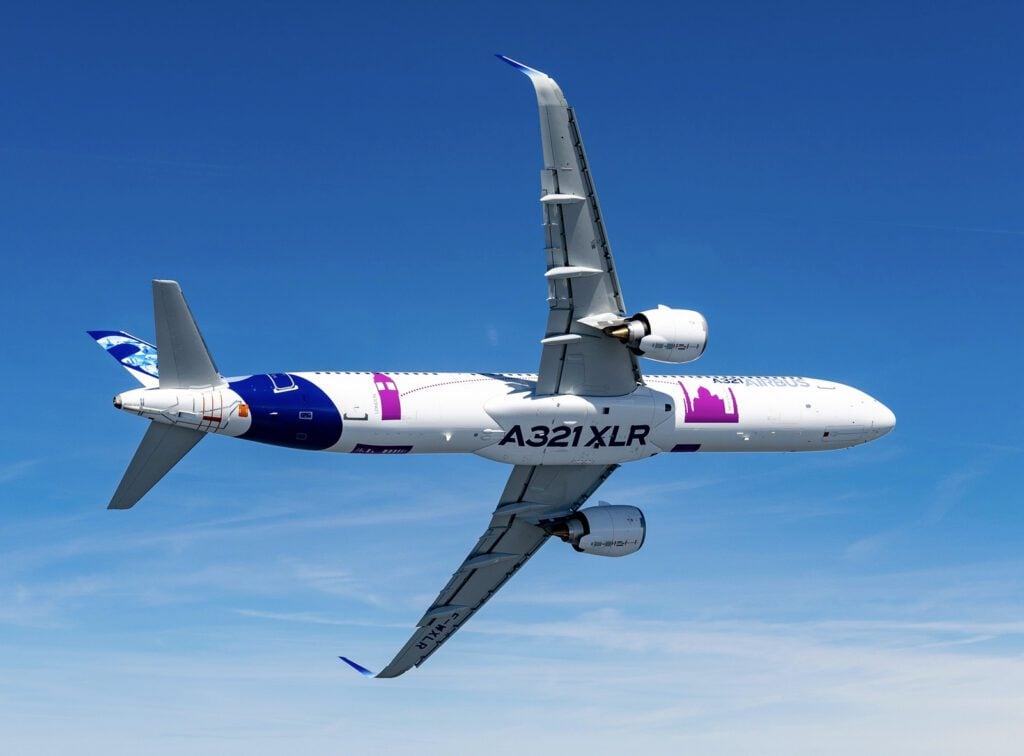
2024 05 08 204733
The Airbus A321XLR uses a unique fuel tank to obtain its long-range performance. The extra fuel is stored in an integral rear center tank. Current airworthiness regulations don’t cover this new, non-standard design, so the FAA proposed special conditions this week to ensure safety.
The special conditions consider the fire-safety performance of the fuel tanks skin or structure in a post-crash external fuel-fed ground fire. The conditions set by the FAA contain the additional standards deemed necessary to establish an appropriate level of safety.
The center fuel tank is located in the fuselage, rather than the wings. Essentially, the fuel tank is in what was the aft cargo compartment and will be “integral” to the airplane, as the fuel tank walls become part of the aircraft structure.
The FAA expressed concerns over the location of the tank, that could be exposed to the direct effects of post-crash ground fires. Wing tanks are typically higher off the ground and would typically not be affected, so no standard regulation for this type of tank exists.
The FAA will issue, after notice and comment, a set of special conditions to address the fuel tank issues, one focusing on penetration resistance from an external fuel fed fire, and another on the post-crash occupant survivability in the event of a tank breach or structural failure.
The Bottom Line
Much of this work had already been considered and approved in late 2022, and is now being codified into the Federal Air Regulations. The FAA’s decision enables Airbus to progress with the A321XLR program, including proceeding with deliveries, which should begin within the next month.
Views: 217





The FAA is addressing the unique fire safety challenges posed by the A321XLR’s unconventional fuel tank placement by creating special conditions that will become part of the aircraft’s certification requirements. This process allows the aircraft to be safely operated while accommodating its innovative design.